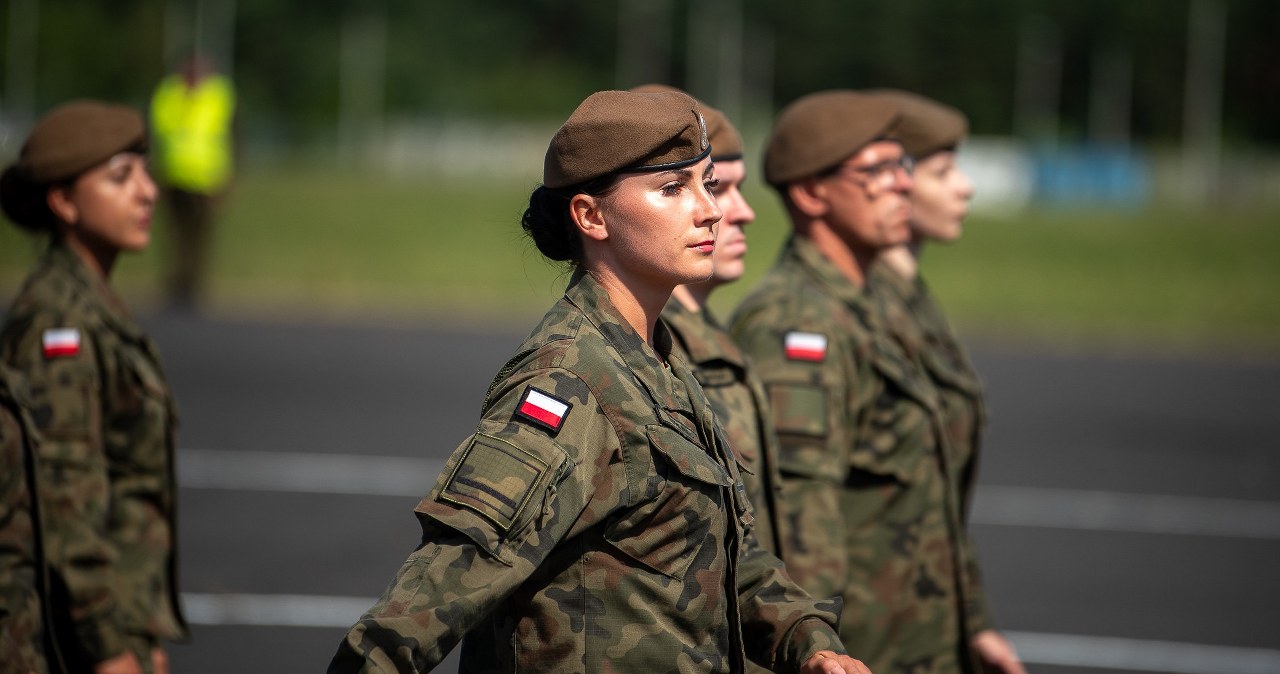
MOSCOW— Russia’s United Aircraft Corporation (UAC) has patented a new widebody aircraft designed to compete directly with the Boeing 787 Dreamliner. The move comes as Russia’s aviation sector, facing extensive Western sanctions, seeks to strengthen self-reliance and reduce dependence on foreign-built airliners.
According to Russian news agency TASS, the yet-to-be-named widebody will be produced in three variants, offering airlines alternatives comparable to the Boeing 787-8, 787-9, and 787-10 families. The design emphasizes reduced operating costs, with early documents suggesting an edge over the Boeing 787-9 in ownership and efficiency metrics.
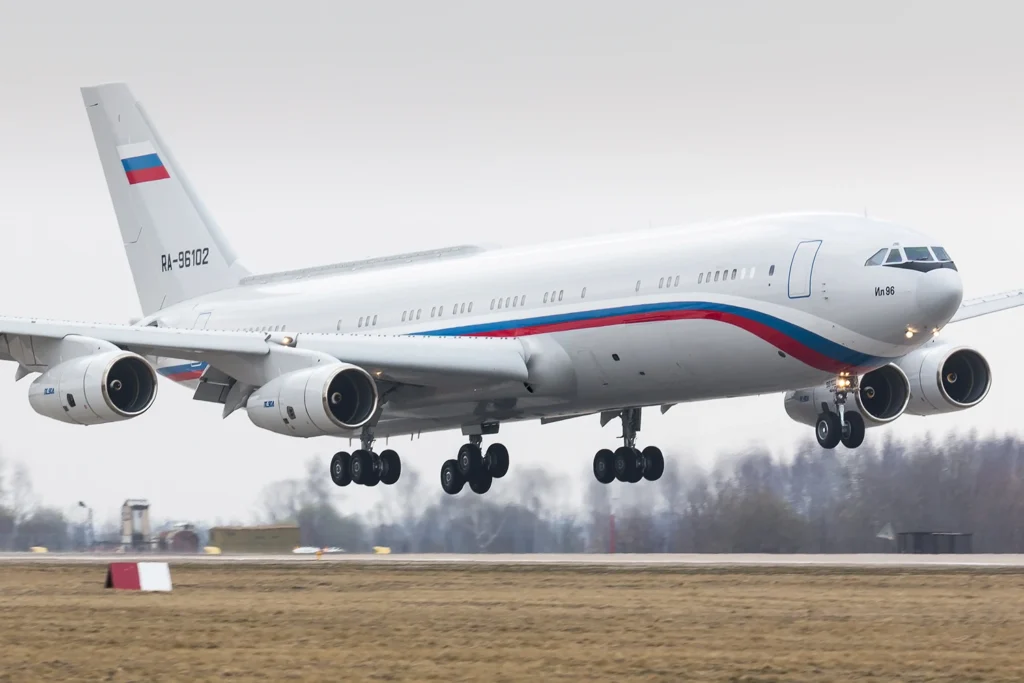 Photo: By Dmitry Terekhov from Odintsovo, Russian Federation – Ilyushin IL-96-400VVIP (ex. IL-96-400T “Polet”) converted into passenger version from cargo variant for Ministry of Defence, CC BY-SA 2.0, https://commons.wikimedia.org/w/index.php?curid=48224364
Photo: By Dmitry Terekhov from Odintsovo, Russian Federation – Ilyushin IL-96-400VVIP (ex. IL-96-400T “Polet”) converted into passenger version from cargo variant for Ministry of Defence, CC BY-SA 2.0, https://commons.wikimedia.org/w/index.php?curid=48224364Russia Patents New Widebody Aircraft
Russia’s commercial aviation industry has been under pressure since Western sanctions cut access to aircraft, parts, and financing following the invasion of Ukraine. While models like the Sukhoi Superjet and the Ilyushin Il-76 remain in production, the lack of a modern widebody has been a critical gap.
To fill this void, UAC has outlined plans for a new family of widebody long-range aircraft (WBLRA). The project envisions three models: a standard version (WBLRA-600), a shortened version (WBLRA-500), and a stretched version (WBLRA-700).
These aircraft will focus on passenger capacity flexibility and long-range capabilities, directly targeting the same market as the Dreamliner, TASS reported.
 Photo: By Fedor Leukhin – VVO_0669, CC BY-SA 2.0, https://commons.wikimedia.org/w/index.php?curid=30764384
Photo: By Fedor Leukhin – VVO_0669, CC BY-SA 2.0, https://commons.wikimedia.org/w/index.php?curid=30764384Aircraft Specifications and Variants
The WBLRA-600 will seat 281 passengers in a three-class layout and operate up to 13,600 km. Its smaller sibling, the WBLRA-500, is expected to carry 236 passengers with a 12,000 km range. The largest model, WBLRA-700, will accommodate 320 passengers, though its extended fuselage reduces range to 10,300 km.
When compared to Boeing’s 787 family, the new Russian designs aim to undercut costs while offering similar capacities:
- WBLRA-600 vs 787-9: 281 vs 296 seats; 13,600 km vs 14,010 km
- WBLRA-500 vs 787-8: 236 vs 248 seats; 12,000 km vs 13,530 km
- WBLRA-700 vs 787-10: 320 vs 336 seats; 10,300 km vs 11,730 km
Documents suggest the WBLRA-600 could reduce ownership costs by 3% and direct operating costs by 6% compared to the 787-9. On a per-seat-kilometer basis, cost advantages may reach as high as 11–17%, giving airlines stronger efficiency margins.
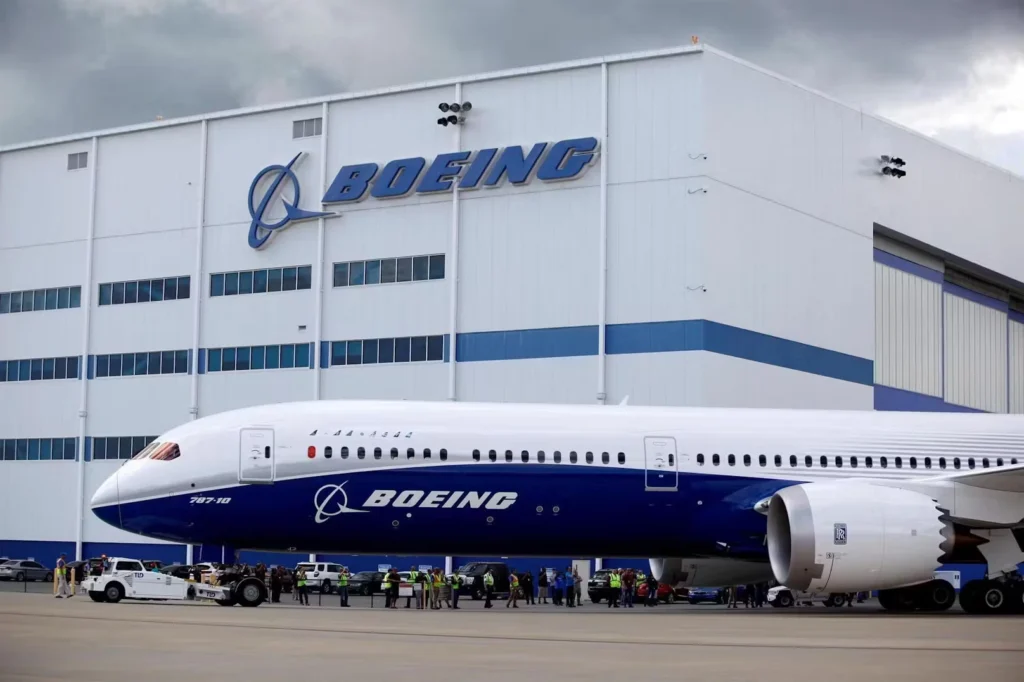 Photo- Heute; Wikimedia Commons
Photo- Heute; Wikimedia CommonsBoeing’s Established Dreamliner Family
The Boeing 787 program began in 2004, with All Nippon Airways (ANA) as the launch customer. After delays, the aircraft entered service in 2011, offering airlines a fuel-efficient replacement for the Boeing 767.
Today, the 787 family consists of three variants:
- 787-8: 248 passengers, 13,530 km range
- 787-9: 296 passengers, 14,010 km range
- 787-10: 336 passengers, 11,730 km range
With more than a decade in service, the Dreamliner has become a backbone of long-haul fleets worldwide, setting a high benchmark for any competitor.
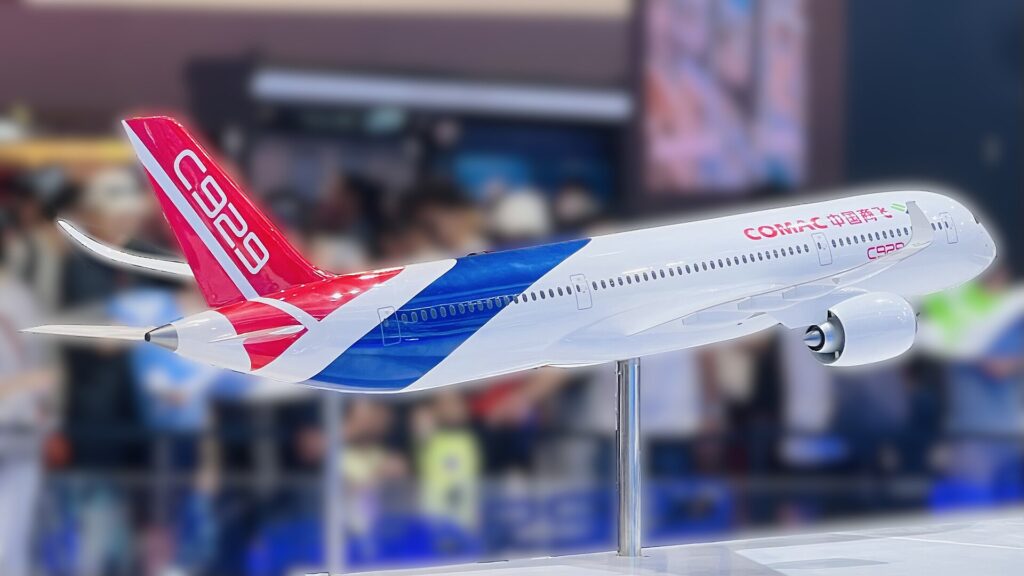 Photo: By S5A-0043 – Own work, CC BY-SA 4.0, https://commons.wikimedia.org/w/index.php?curid=145797631
Photo: By S5A-0043 – Own work, CC BY-SA 4.0, https://commons.wikimedia.org/w/index.php?curid=145797631The Shadow of the CR929 Program
The new Russian widebody emerges against the backdrop of the stalled CR929 program, launched in 2016 as a joint venture between China’s COMAC and UAC.
The project aimed to rival both the Boeing 787 and Airbus A330neo but suffered delays due to disputes, sanctions, and the pandemic.
By 2023, UAC had scaled back to a supplier role, while COMAC rebranded the aircraft as the C929 and named Air China as its first customer.
Russia’s renewed focus on a homegrown widebody suggests a strategic pivot, ensuring its aviation industry does not remain dependent on foreign partnerships.
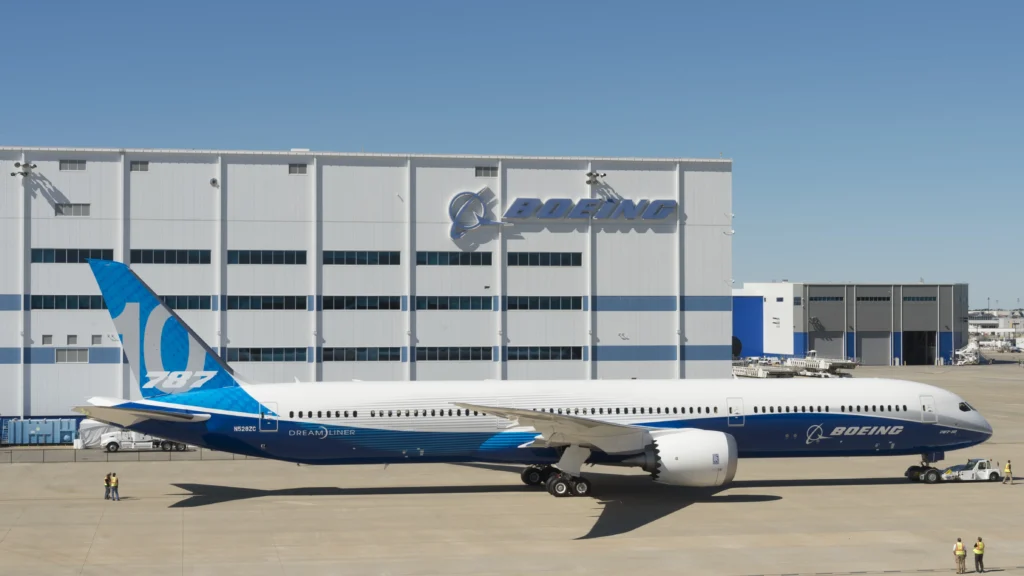 Photo: Boeing
Photo: BoeingChallenges Ahead
Developing a clean-sheet widebody aircraft is a long and capital-intensive process. The timeline remains uncertain, with early research and development projects not expected to begin until 2026.
Access to modern engines, avionics, and materials—traditionally sourced from Western suppliers—poses the largest hurdle under ongoing sanctions.
Nonetheless, UAC’s decision to secure patents and push ahead with the WBLRA highlights a determined attempt to reestablish Russia as a player in the widebody market.
Whether the aircraft reaches production and achieves commercial success will depend on overcoming significant political, technical, and economic barriers.
Stay tuned with us. Further, follow us on social media for the latest updates.
Join us on Telegram Group for the Latest Aviation Updates. Subsequently, follow us on Google News
COMAC Completes Detailed Designing of New C929 Wide-body Jets
The post Russia Patents New Widebody Aircraft to Rival Boeing 787 Dreamliner appeared first on Aviation A2Z.



